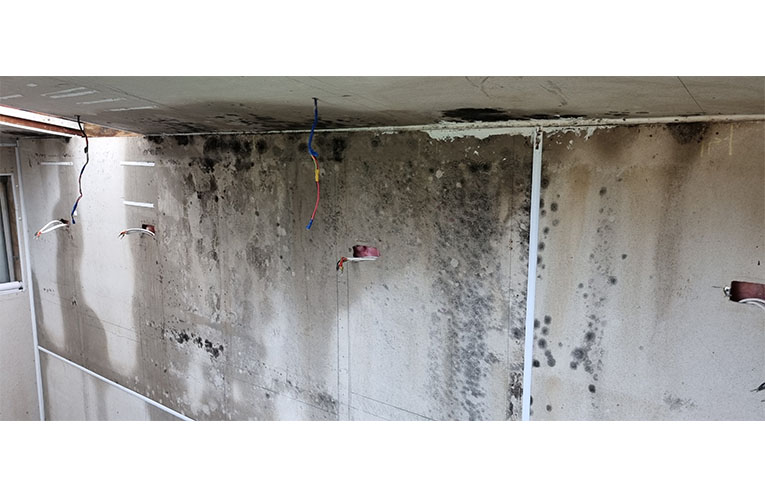HIDDEN dangers exist in practically every house and property, many only exposed after an incident like the heavy rainfall that the region received over the last weeks.
Mould, which naturally exists almost everywhere, loves moisture and poorly-lit areas that lack decent ventilation, such as walls or wallpaper, ceilings, bathroom tiles, carpets, insulation material and wood.
NSW Health states that most health problems caused by mould are due to the inhalation of its spores, tiny particles released into the air in its effort to reproduce.
“Spores are carried in the air and may cause health problems if inhaled by people who are sensitive or allergic to them – irritation of the nose, eyes or skin, wheezing, and, for people with asthma, inhaling mould spores may cause an asthma attack.
“Very rarely, people may develop a severe mould infection, usually in the lungs.
“One such infection is the rare immune disorder known as hypersensitivity pneumonitis, in which the lungs become inflamed from breathing in large amounts of specific substances (allergens) frequently over a period of time.”
The best ways to prevent mould growing in the home are to maintain proper ventilation, reduce humidity, and control damp accumulation.
Ventilation is as simple as installing and using exhaust fans in high-moisture environments (kitchen and bathroom), or opening windows for cross-ventilation.
Humidity and dampness can be reduced by repairing water leaks, limiting use of humidifiers, and clearing out blocked rain gutters.
Deeper issues, such as rising lateral damp, may require professional attention.
Only after the recent heavy rains have some households discovered that their roofs are not as waterproof as once thought, and long-hidden leaks have suddenly become obvious and alarming.
Removal of mould can be attempted with either household detergent, water-diluted vinegar, or properly diluted bleach in stubborn cases.
NSW Health (1300 066 055) has more detailed information.
By Thomas O’KEEFE





